Here's a bit of inspiration for embracing the architectural gems on your next visit, as you revel in the wonders of the creatures that call this Bronx destination home.
The idea of founding a zoo to promote the study of zoology and preserving wildlife was conceived in 1895 by a group predominantly comprised of members of the Boone and Crockett Club. This group would go on to found the New York Zoological Society, which would later be renamed to Wildlife Conservation Society, which is the name it goes by today.
Opening its doors to the public on November 8, 1899, The Bronx Zoo featured 843 animals in 22 exhibits, under the leadership of its first zoo director, William Temple Hornaday, who would go to provide 30 years of service at the zoo and have significant input into its overall design.
Architecturally speaking the focus herein will be on the zoo's elements that have been recognized for their historical value by both the city of New York and the United States of America. Big picture view, the entire area from the Rainey Memorial Gates entrance on Fordham Road to the far end of Astor Court at Zoo Center are landmarked as of 2000. Now let's look at the specific architectural features within this locale in greater detail.
With the hands-on involvement of zoo director, Mr. Hornaday in the overall layout, his conceived design, which was approved by the New York City Department of Parks on November 22, 1897, included footprints for nine buildings inside an entry sequence of gates and a promenade ending in a formal court surrounded by animal houses.
His vision for "Baird Court" when finished was for it, according to Mr. Emilio Guerra’s article referencing the 2000 NYCLPC Landmark Designation Report, "to be characterized by a classic formality, in contrast to the remainder of the Park, which will be left, as far as possible, in a natural state." Hornaday also wanted the buildings to have a harmonious appearance, writing: "It is my opinion that conformity to a uniform style of architecture is much more desirable than a succession of startling contrasts."
Baird Court would eventually have six buildings, five of which were fashioned by the New York-based architectural firm of Heins & LaFarge, all constructed between 1899 and 1910 as a series of Beaux-Arts pavilions grouped around the large circular sea lion pool. These included the Primates' (Monkey) House, Lion House, Large Bird House (now Administration West), Elephant House (now Zoo Center) and Administration Building (now Administration East). Incidentally, the firm's architectural design resume includes the original Romanesque-Byzantine east end and crossing of the Cathedral of St. John the Divine in Manhattan as well as the architecture and details for the Interborough Rapid Transit Company, the forerunner to the New York City Subway.
Designed with artistic craftsmanship, four of these original five buildings are "richly embellished with large, realistically modeled, stone and terra-cotta sculptures of animals by Eli Harvey, Charles R. Knight and Alexander Phimster Proctor. These works of art were commissioned to illustrate the animals housed in each building" according to Mr. Guerra. If you have a chance to look at the sculpture work, it is both beautiful and fun, depicting a whimsical, almost storybook feeling to the buildings they adorn.
The sixth building, which was originally named the National Collection of Heads and Horns, which is now Security, Education and International Conservation Offices, was constructed in 1922 by the architect Henry D. Whitfield.
In addition to the edifices themselves, water features were always a part of Astor Court's planned design, with Mr. Hornaday's 1897 "Final Plan" proposing a central seal pool with a canal extension pointing north. When it was originally built in 1906-7, the Sea Lion Pool was smaller and had an ovoid shape, however, in 1980-81, it was completely rebuilt and enlarged.
Mr. Hornaday's "final plan" also detailed the name of the court as Baird Court, for Spencer Fullerton Baird (1823-1887), an esteemed zoologist and former Secretary of the Smithsonian Institution, who established the United States Commission of Fish and Fisheries.
According to Mr. Guerra's article and the 2000 NYCLPC Landmark Designation Report, "Combining a neo-classical aesthetic with symmetrical planning, Astor Court stands as a monument to the Zoo's founders and the City of New York. A scientific institution of international renown, its varied collections and magnificent physical setting have made the Bronx Zoo a popular cultural attraction for more than a century."
You may be wondering how Baird Court came to be called Astor Court. As a result of general renovations, especially in and around the Elephant House, that were supported by the Vincent Astor Foundation Fund, Baird Court was renamed Astor Court in 1989, in special recognition of longtime trustee Brooke Astor. The restored Elephant House is now Zoo Center, providing public information and retail sales, as well as indoor and outdoor space for exhibiting elephants and rhinoceros.
A gift from William Rockefeller became, what stands as a centerpiece in the circular plaza at the north entrance to Astor Court, now called Fountain Circle. In 1902, Mr. Rockefeller bought the elaborate marble fountain in Como, Italy, once a famous landmark built in 1872 by Italian sculptor Biagio Catella. The three-tiered, octagonal fountain featuring sculpted sea creatures once stood in the main square, Piazza Cavour, by the lakeside and was purchased by its donor for 3,500 lire (the estimated equivalent then of $637 or $17,600 in today's terms). It was subsequently donated to the Zoological Society by William Rockefeller in 1903, and moved to its present spot in 1910. The fountain was designated an official New York City Landmark in 1968 and underwent a restoration in 2008.
Perhaps one of the most iconic Bronx Zoo features is the magnificent bronze sculpted Rainey Memorial Gates at the original Fordham Road entrance. Crafted by artist Paul Manship in Art Deco style, the double arches feature 22 full-sized sculpted bronze animals and connect to two granite gatekeeper lodges. This New York City designated landmark, which is listed on the National Register of Historic Places, was, in 1934, dedicated as a memorial to noted big game hunter Paul James Rainey and were subsequently listed on the National Register of Historic Places in 1972.
- Elisa
Resources:
en. Wikipedia.org
6 sq feet
NYTimes
2000 NYCLPC Report
1967 NYCLPC Report
Emilio Guerra/Flickr

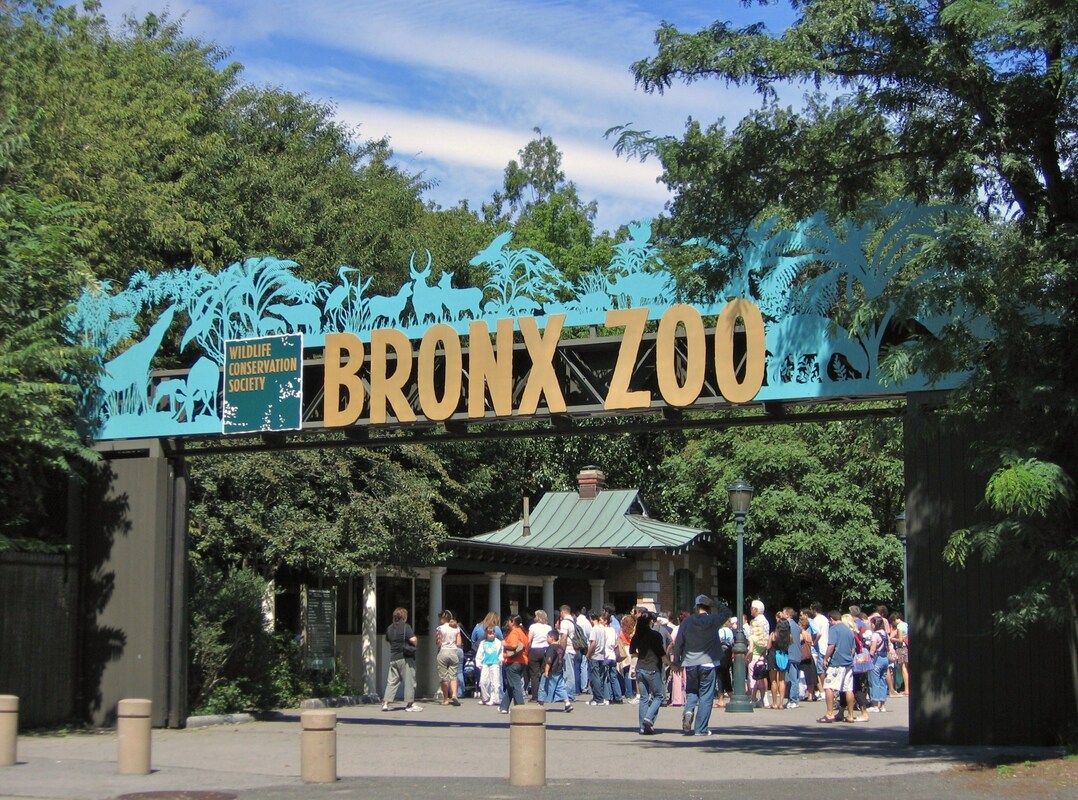
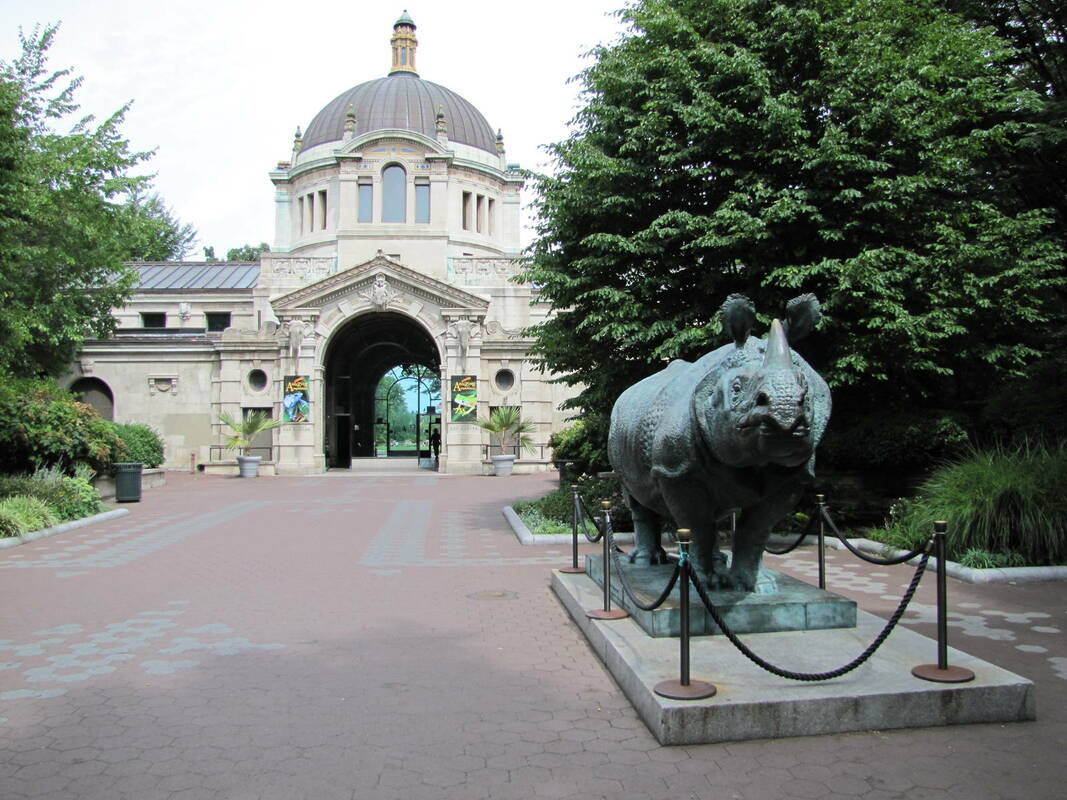
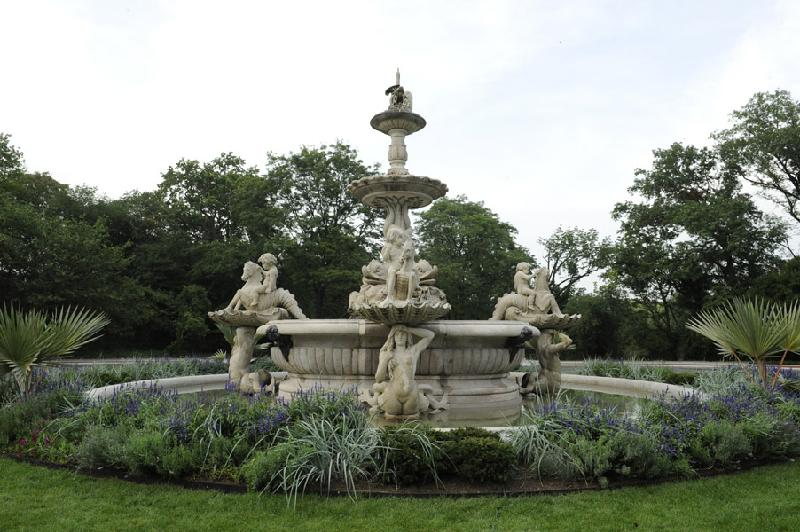
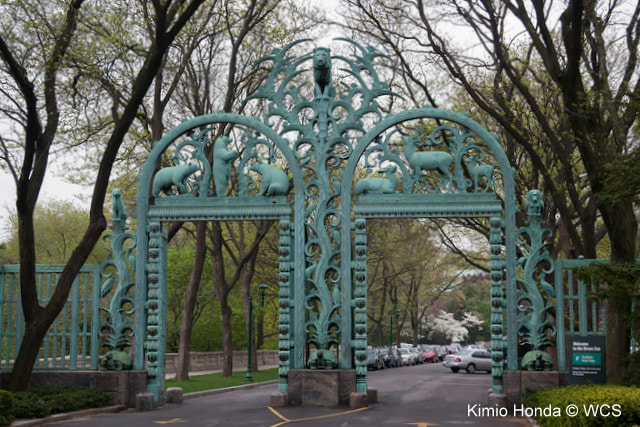
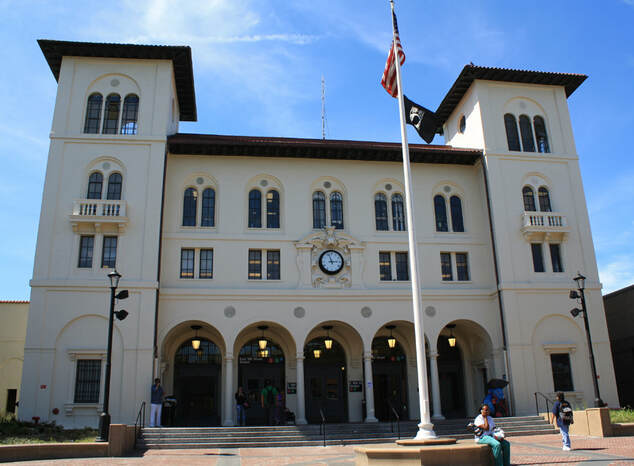
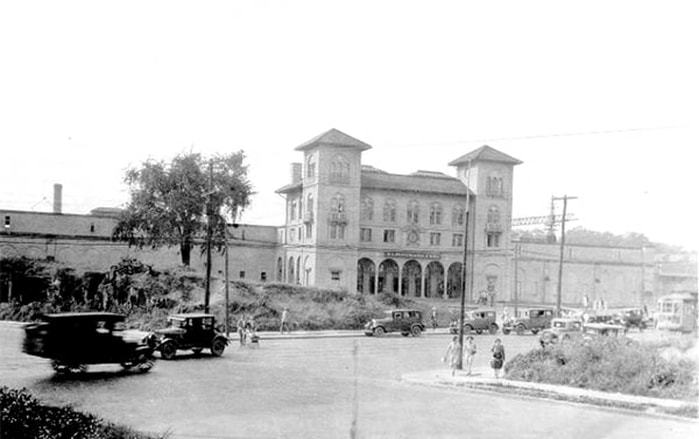
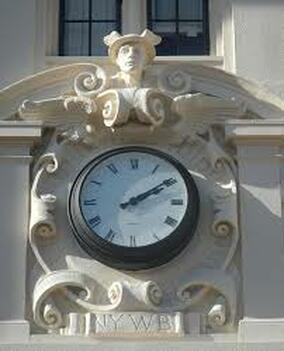
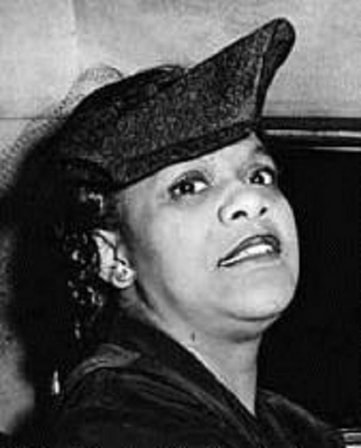
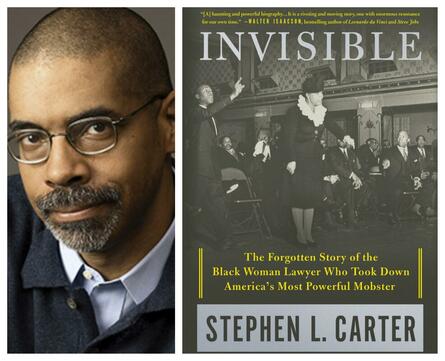
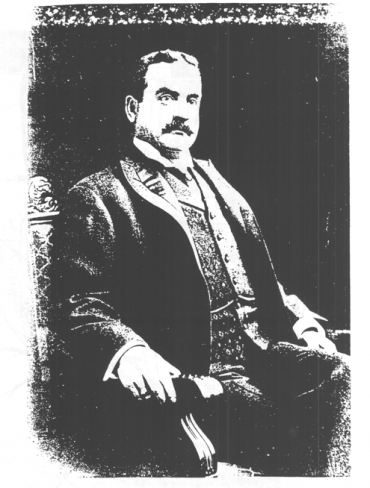
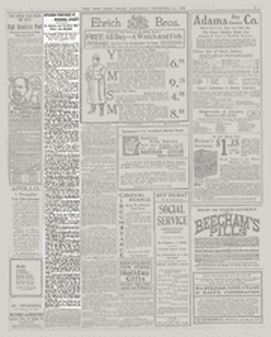
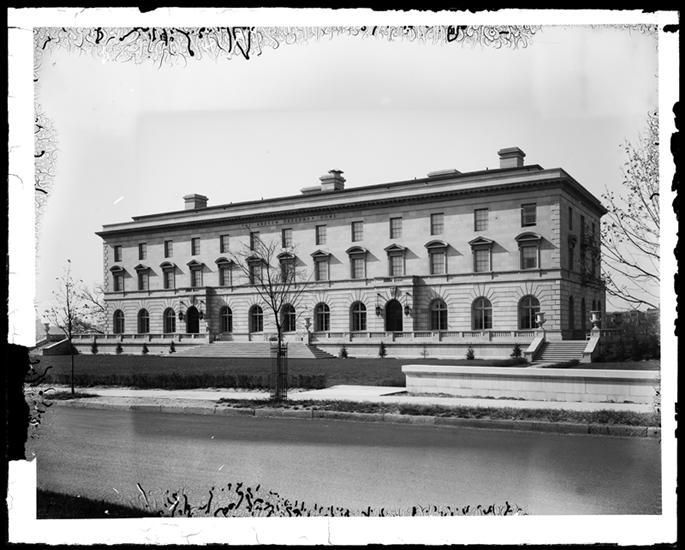
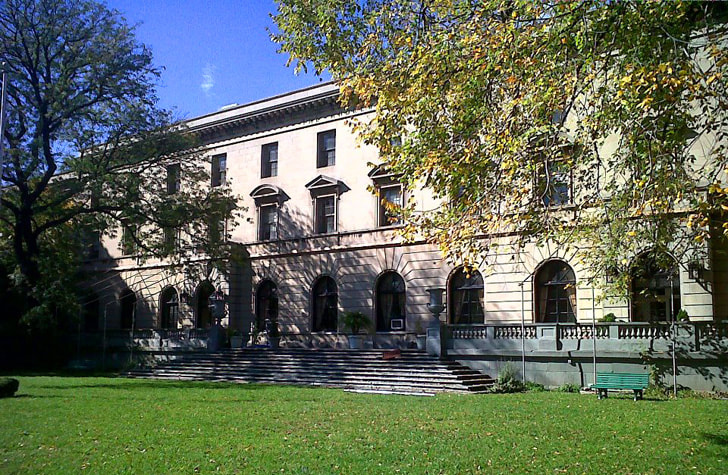






 RSS Feed
RSS Feed